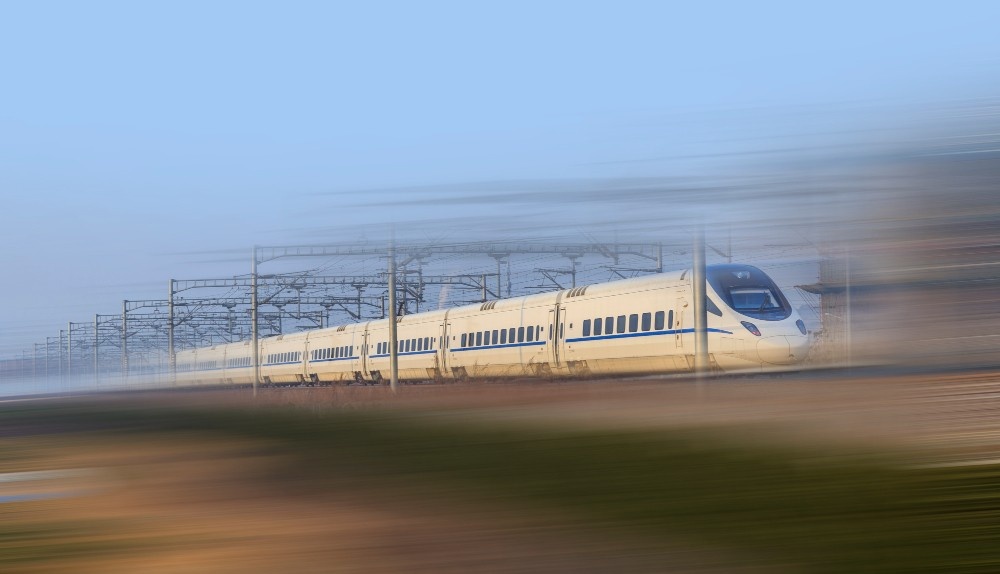
What are industrial air pollution control and mitigation measures?
The issue of air pollution in industrial settings is a serious one, as emissions from processes can negatively affect the environment and public health.
There is a great need to ensure that effective control and mitigation strategies are used to ensure compliance with regulations and to encourage the development of sustainable industrial practices.
In this article, we will discuss industrial air pollution control and mitigation techniques, their importance, and how businesses can make use of them to minimize their environmental impact.
Understanding Industrial Air Pollution
Industrial air pollution primarily arises from emissions produced during manufacturing processes, combustion, and chemical reactions.
Common pollutants include particulate matter (PM), volatile organic compounds (VOCs), nitrogen oxides (NOx), sulfur dioxide (SO2), and carbon monoxide (CO). These pollutants can contribute to smog, acid rain, respiratory problems, and other health issues.
Why Pollution Control Is Important?
Implementing air pollution control measures is essential for 3 reasons:
Regulatory Compliance: Governments have stringent regulations in place to limit emissions from industrial sources. Non-compliance can result in hefty fines, legal action, and damage to a company’s reputation.
Health and Safety: Reducing air pollutants improves air quality, which benefits the health of workers and nearby communities. Cleaner air reduces the risk of respiratory diseases and other health problems.
Environmental Protection: Effective pollution control helps protect ecosystems and natural resources. It reduces the impact of industrial activities on air, soil, and water quality.
Key Air Pollution Control Technologies
Several technologies and strategies are available to control and mitigate industrial air pollution.
Here are some of the most effective methods:
Electrostatic Precipitators (ESPs)
Electrostatic precipitators are used to remove particulate matter from industrial exhaust gasses. They work by charging particles electrically and then capturing them on collector plates. ESPs are highly efficient and can remove up to 99% of particulate emissions.
Scrubbers
Scrubbers are systems designed to remove pollutants from exhaust gasses through a chemical reaction or absorption process. There are various types of scrubbers, including:
Wet Scrubbers: These use liquid solutions to absorb and neutralize pollutants. They are effective for removing gasses like sulfur dioxide and hydrochloric acid.
Dry Scrubbers: These use dry reagents to capture pollutants. They are often used for controlling particulate matter and certain gasses.
Catalytic Converters
Catalytic converters are used to reduce harmful emissions from combustion processes. They facilitate chemical reactions that convert NOx, CO, and VOCs into less harmful substances such as nitrogen, carbon dioxide, and water vapor. Catalytic converters are commonly used in vehicles and industrial processes.
Baghouse Filters
Baghouse filters use fabric bags to capture particulate matter from exhaust gasses. They are highly effective for removing dust and other fine particles. The collected dust can be recycled or disposed of properly.
Thermal Oxidizers
Thermal oxidizers are used to incinerate VOCs and other organic pollutants. They operate by heating the exhaust gasses to high temperatures, where the pollutants are broken down into less harmful compounds. Thermal oxidizers are effective for controlling emissions from chemical manufacturing and other industrial processes.
Implementing Air Pollution Control Strategies
Successfully managing air pollution requires a combination of technology, operational practices, and regulatory compliance.
Here are some steps to implement effective air pollution control strategies:
Conduct a Pollution Assessment
Start by conducting a comprehensive pollution assessment to identify sources of emissions and the types of pollutants involved. This assessment will help determine the most appropriate control technologies and strategies.
Select Appropriate Technologies
Based on the pollution assessment, choose the most suitable control technologies for your facility. Consider factors such as the type of pollutants, emission levels, and cost-effectiveness.
Integrate Pollution Control Systems
Integrate pollution control systems into your existing processes to ensure seamless operation. This may involve installing new equipment, upgrading existing systems, or modifying processes to reduce emissions.
Monitor and Maintain Equipment
Regularly monitor and maintain pollution control equipment to ensure optimal performance. Implement a maintenance schedule to check for wear and tear, replace filters or reagents, and address any issues promptly.
Conclusion
It is imperative to control and mitigate industrial air pollution for the protection of the public, the environment, as well as for ensuring compliance with government regulations.
For expert advice on designing and implementing effective air pollution control systems, consult VMS Consultants, Top industrial Project Management Consultant in India. With our extensive experience in Engineering, Architecture, and Project Management Services, we can help you navigate the complexities of pollution control and achieve your environmental goals.
Contact us today to learn more about how we can support your pollution control efforts.




